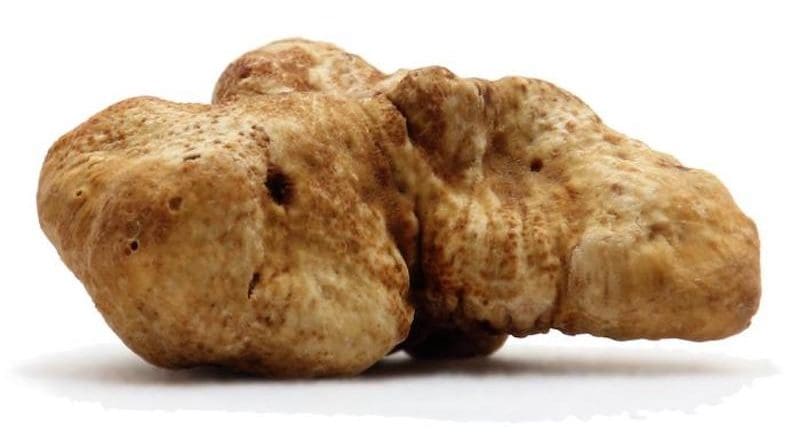Inexpensive Spring Truffles Or Exquisite Piedmont Truffles?
Some truffles are particularly expensive and therefore often the target of food fraud. For example, high-priced Piedmont truffles (Tuber magnatum) are often difficult to distinguish from the cheaper spring truffles (T. borchii) on the basis of their appearance. Two scientists from the Leibniz Institute for Food Systems Biology at the Technical University of Munich have now developed a new method of analysis. This allows both truffle species to be distinguished objectively and clearly using just two marker compounds.
“The method is also fundamentally suitable for routine analyses,” explains principal investigator Martin Steinhaus.
Both Piedmont and spring truffles are white truffles. In contrast to black truffles, white truffles have an intense aroma. As this evaporates when heated, the white truffle is not cooked with the dish, but rather shaved over the finished dish.
One of the most expensive foods
At a price of 2,000 to 3,000 US dollars per specimen, the Piedmont truffle is one of the most expensive foods in the world. In contrast, a spring truffle currently costs only 250 to 700 US dollars. The higher price of the Piedmont truffle is due to its stronger and richer flavor as well as difficulties in cultivating it. While other truffles, including the spring truffle, thrive successfully in plantations, the cultivation of the Piedmont truffle has hardly been successful to date.
Whereas there are considerable differences in price and availability, the appearance of the Piedmont and spring truffles is often very similar. “Therefore, the incentive to market cheap and easily available spring truffles as Piedmont truffles is great,” says first author Philipp Schlumpberger.
Two truffle markers identified
As part of a project funded by the German Federal Ministry of Food and Agriculture, the two scientists have now developed a new analytical method. This allows both truffle species to be objectively distinguished on the basis of just two marker compounds. These are furan-2(5H)-one and bis(methylsulfanyl)methane.
In their study, the two researchers used the automated Solvent-Assisted Flavor Evaporation (aSAFE) method developed and established at the Leibniz Institute. This method is particularly suitable to isolate even heat-sensitive volatile food ingredients in an artifact-free and reproducible manner. “This was very helpful in finding the two substances among thousands of other compounds and subsequently proving their marker properties using precise quantitation methods,” explains Martin Steinhaus.
Without exception, the scientists found higher concentrations of bis(methylsulfanyl)methane in all Piedmont truffle samples than in the spring truffle samples. In contrast, the furan-2(5H)-one concentration was significantly higher in all spring truffle samples than in the Piedmont truffle samples.
“In summary, our data show that the quantitation of the two marker compounds is a suitable analytical approach to objectively distinguish between the two truffle species,” continued food chemist Martin Steinhaus. In view of the comparatively low equipment requirements for the quantitative determination, the method can be used directly in routine analysis, according to the researcher.

